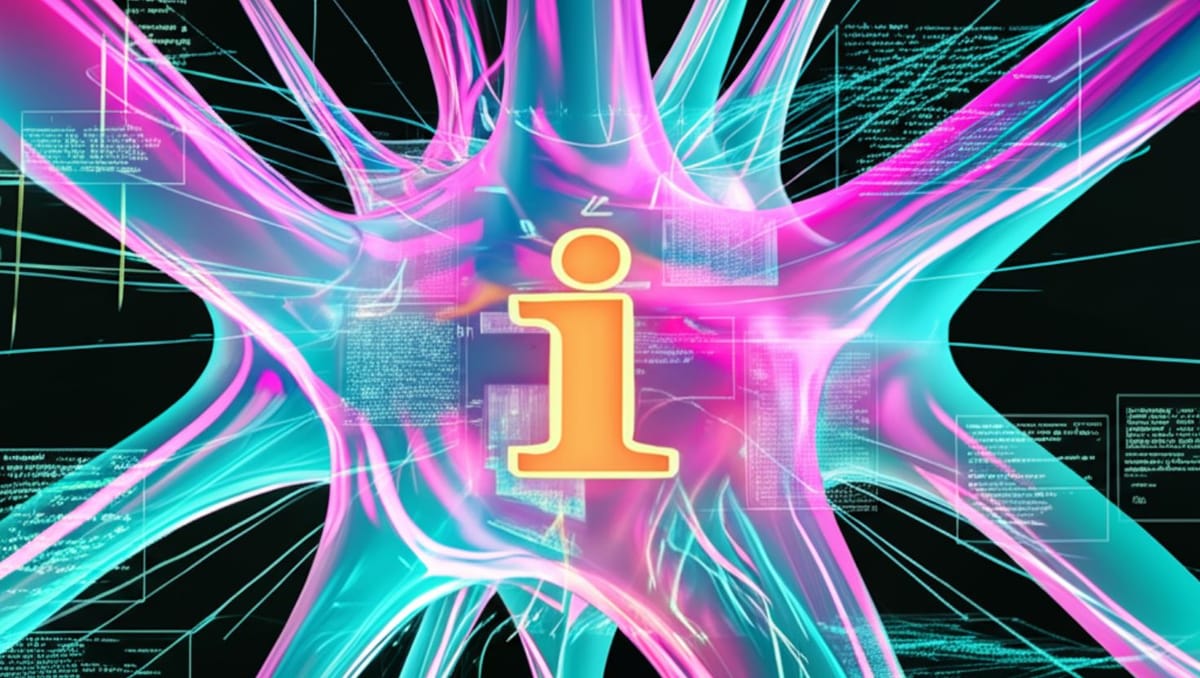AI's Single-Prompt Revolution: From One Command to Complete Projects

AI researcher Ethan Mollick has demonstrated how the latest generation of AI models can transform a single vague instruction into comprehensive, multi-stage projects—a capability that represents a fundamental shift in how humans can delegate complex work to machines.
End of Miles reports that this "single-prompt revolution" marks a significant departure from earlier AI systems that required careful step-by-step guidance to accomplish complex tasks.
From Simple Request to Complete Business Solution
In his recent examination of OpenAI's new o3 model, Mollick described giving the AI a single prompt to create marketing materials for a fictional cheese shop: "Come up with 20 clever ideas for marketing slogans for a new mail-order cheese shop. Develop criteria and select the best one. Then build a financial and marketing plan for the shop, revising as needed and analyzing competition. Then generate an appropriate logo using image generator and build a website for the shop as a mockup, making sure to carry 5-10 cheeses that fit the marketing plan."
"With that single prompt, in less than two minutes, the AI not only provided a list of slogans, but ranked and selected an option, did web research, developed a logo, built marketing and financial plans, and launched a demo website for me to react to." Ethan Mollick
What makes this advancement particularly significant, the AI researcher notes, is how the system handled ambiguity: "The fact that my instructions were vague, and that common sense was required to make decisions about how to address them, was not a barrier."
The Rise of "Agentic" AI
This capability stems from what experts call "agentic" models—AI systems that can independently use tools and determine how to accomplish complex objectives. According to Mollick, o3 demonstrates this by automatically deciding when to conduct web searches, generate images, write code, and sequence multiple steps without human intervention.
"You can see how it took multiple actions with multiple tools, including web searches and coding, to come up with the extensive results that it did." Mollick
The researcher provided additional examples of this capability, including asking o3 to analyze a large spreadsheet of historical machine learning systems with a simple request to "figure out what this is and generate a report examining the implications statistically and give me a well-formatted PDF with graphs and details." The result was a comprehensive analysis from a single instruction.
What This Means for Knowledge Work
These developments represent a significant shift in how complex intellectual tasks might be handled in the future. While earlier AI systems excelled at specific, well-defined tasks, this new wave of models demonstrates an ability to break down vague goals into logical steps and execute them independently.
Mollick connects these capabilities to broader questions about artificial general intelligence, suggesting that models like o3 and Google's Gemini 2.5 represent a form of "Jagged AGI"—systems that are superhuman in some areas but still unreliable in others.
The technology scholar emphasizes that these agentic capabilities could potentially accelerate technology adoption compared to historical patterns: "The agentic capabilities we're seeing in models like o3, like the ability to decompose complex goals, use tools, and execute multi-step plans independently, might actually accelerate diffusion dramatically compared to previous technologies."
For knowledge workers, the implications are profound. Complex projects that previously required coordinating multiple specialists might now be initiated with single, high-level instructions—with the AI handling the decomposition into subtasks and execution across different domains.





